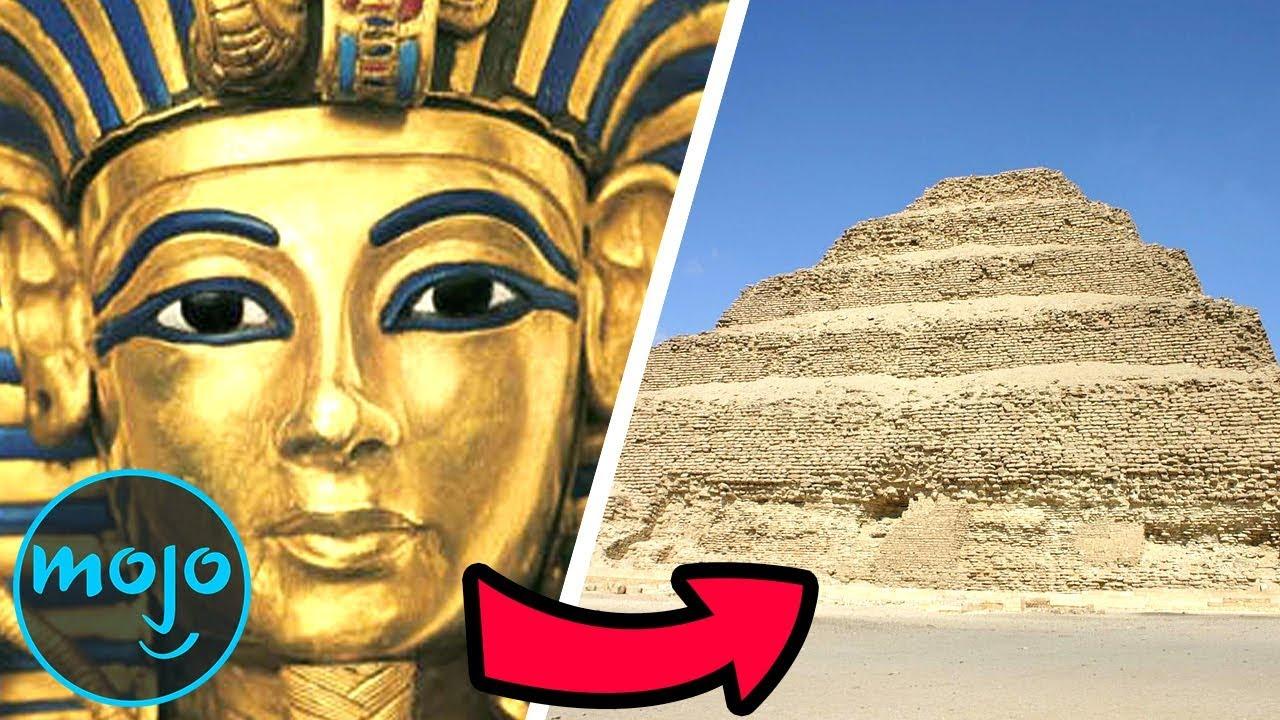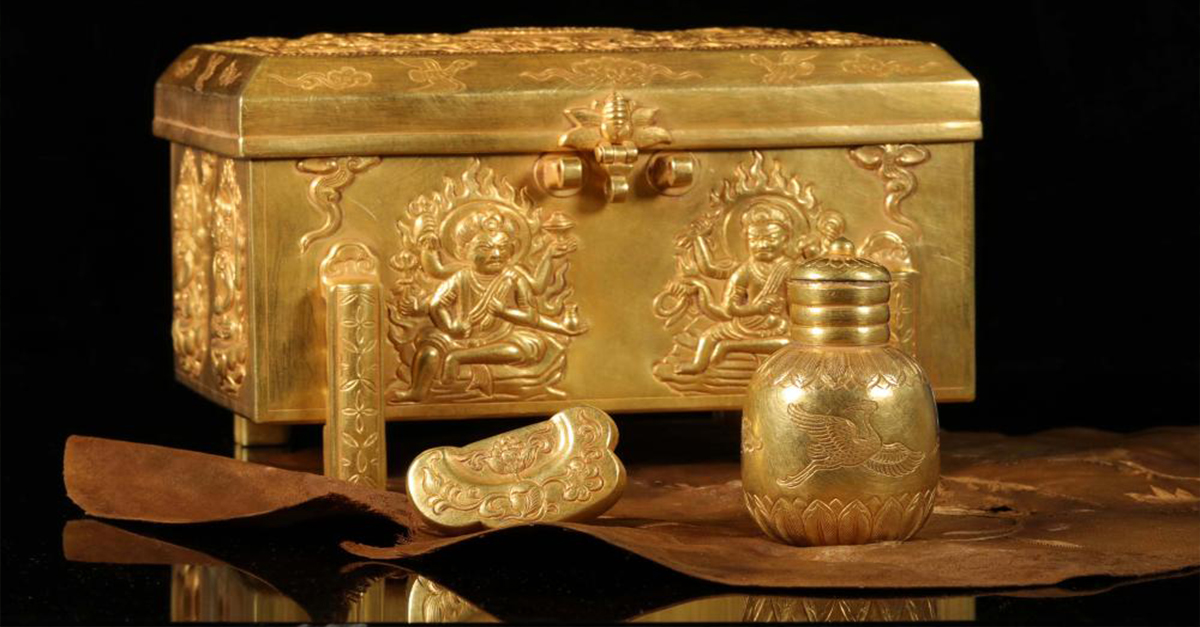In the annals of archaeological history, 1864 stands out as a momentous year marked by the discovery of a colossal artifact that transcended time: a 13-foot-tall statue of Hercules dating back more than 2,000 years. Unearthed with great anticipation, this monumental find offered a captivating vision of the ancient world, sparking the imagination and rewriting the narrative of classical art.
Imagine the scene in 1864, where archaeologists and historians embarked on a quest that would redefine their understanding of the past. In a stroke of luck, the excavation team came across the imposing figure of Hercules, an impressive 4 meters high. The moment of discovery resonated through the archaeological community, revealing a masterpiece that had withstood the sands of time.
Flashes from the past: Hercules in his glory
The statue of Hercules, carved in meticulous detail, depicts the mythical hero in a moment of triumph, capturing the essence of strength and courage. The large size of the sculpture adds a layer of grandeur, allowing viewers to immerse themselves in the impressive presence of this ancient masterpiece. The discovery not only provided a tangible link to classical mythology, but also offered insights into the artistic prowess of long-vanished civilizations.
Preserving the wonder: the current state of the Hercules statue
Fast forward to the present day, and the statue of Hercules is a testament to the enduring legacy of ancient craftsmanship. While the ravages of time have left their mark, preservation efforts have been steadfast to maintain the structural integrity and historical significance of the statue. Today, visitors can witness the statue of Hercules in all its glory, albeit with the weathered patina that adds a layer of authenticity to its millennia-old journey.
The intersection of art and history

Beyond its large size and artistic merit, the statue of Hercules serves as a focal point for scholars and enthusiasts alike, fostering a deeper connection with the past. The intersection of art and history within this monumental relic invites contemplation of the cultural, social and artistic nuances of the era it represents. The statue, once lost in the sands of time, now stands as a bridge between antiquity and the contemporary world.

Conclusion: a look at antiquity
The discovery of the 13-foot-tall statue of Hercules in 1864 remains etched in the annals of archeology as a pivotal moment that brought an ancient hero back to life. Its current state, a testament to meticulous conservation efforts, allows today’s admirers to follow in the footsteps of those who marveled at this colossal masterpiece more than two millennia ago. As Hercules remains frozen in time, echoes of the past resonate, inviting us to delve deeper into the mysteries of antiquity.





